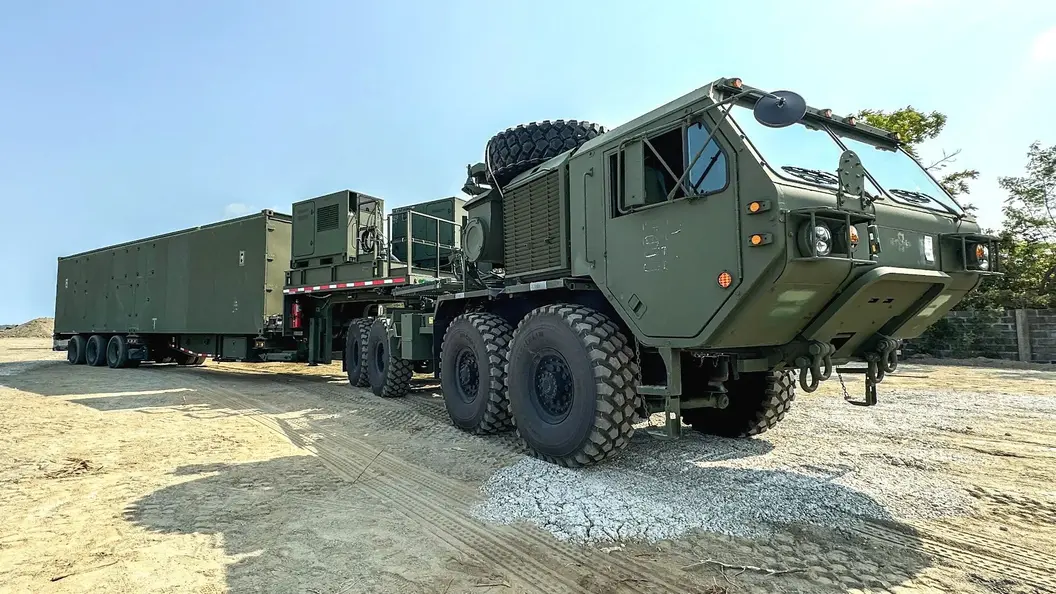In November 2003, on a rainy day, Tata Sons Chairman Ratan Tata observed a family of four riding precariously on a scooter. The father was driving, with a child standing in front of him, while the mother sat behind, holding another child.
This scene moved Tata deeply, sparking the question of whether a safer, affordable, and weatherproof transport option could be developed for such families. After four years, this idea materialized with the launch of the Nano, often referred to as the “People’s car,” in Delhi.
How Did Ratan Tata Came Up With Idea Of People’s Car?
Recalling the inspiration for the car at the unveiling, Tata once said, “Today’s story started some years ago when I observed families riding on two wheelers, the father driving a scooter, his young kid standing in front of him, his wife sitting behind him holding a baby and I asked myself whether one could conceive of a safe, affordable, all-weather form of transport for such a family.” He further remarked, “This has been referred to as one man’s dream, and indeed it was.”
Tata reflected on how the two-wheeler scene led him to explore creating a safe, low-cost “people’s car,” saying, “The two-wheeler observation [with the family of four piled on the scooter] got me thinking that we needed to create a safer form of transport.”
However, former Tata Sons Chairman Cyrus Mistry labeled the Nano a financially unsustainable venture. In an email following his dismissal as chairman, Mistry claimed the Nano was a loss-making project, stating, “The Nano product development required concept called for a car below Rs 1 lakh but the costs were always above this. This product has consistently lost money, peaking at Rs 1,000 crore.”
When Ratan Tata Acknowledged Rising Input Costs
In January 2008, Ratan Tata acknowledged rising input costs—steel, tires, and other components—that could affect the Nano’s price but remained committed to delivering the car at the promised Rs 1 lakh. “Since we commenced this exercise four years ago, we are all aware that there has been a very steep increase in input prices… I would like to announce today that the standard car will in fact have a dealer price of 1 Lakh only… a promise is a promise and that’s what we would like to leave you with,” Tata declared.
While Tata honored this commitment, the Nano’s performance did not meet expectations. The car’s production facility, designed for an annual capacity of 250,000 vehicles, produced only 42,561 units between January 2014 and December 2015. Sales plummeted from 74,521 cars in 2011-12 to just 16,903 by 2014-15.
In 2014, an attempt was made to reposition the Nano as a ‘smart city car’ with the introduction of the Nano Twist, but this effort also fell short. Despite subsequent releases like the GenX model featuring automatic transmission, the Nano never achieved the desired sales success.
Following Mistry’s claim that the Nano was financially unsound, questions have arisen about continuing its production. However, Maruti Suzuki India Chairman RC Bhargava defended Ratan Tata’s efforts, stating, “The intention was a good intention and Tatas tried to fulfill that intention… I think he needs credit for having attempted it.”
MUST READ: Ratan Tata, Chairman Emeritus Of Tata Sons, dies At 86 In Mumbai


















